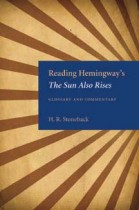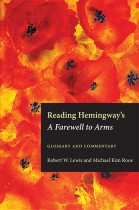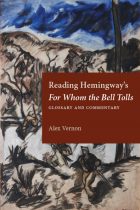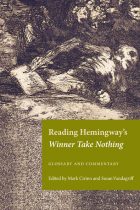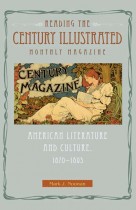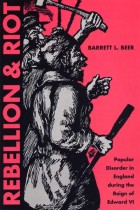Reading Hemingway’s Men Without Women
Joseph M. Flora | Filed under: Hemingway Studies, Literature & Literary Criticism, Reading Hemingway
Because of the fame The Sun Also Rises brought Ernest Hemingway, when Men Without Women was published just one year later, in 1927, it commanded popular and critical attention. Even reviewers who objected to a masculine emphasis and a sometimes harsh realism identified stories in the collection that could not be ignored. Close commentary, with special attention to allusions, demonstrates that Men Without Women merits a place among the best story collections in American literature.

